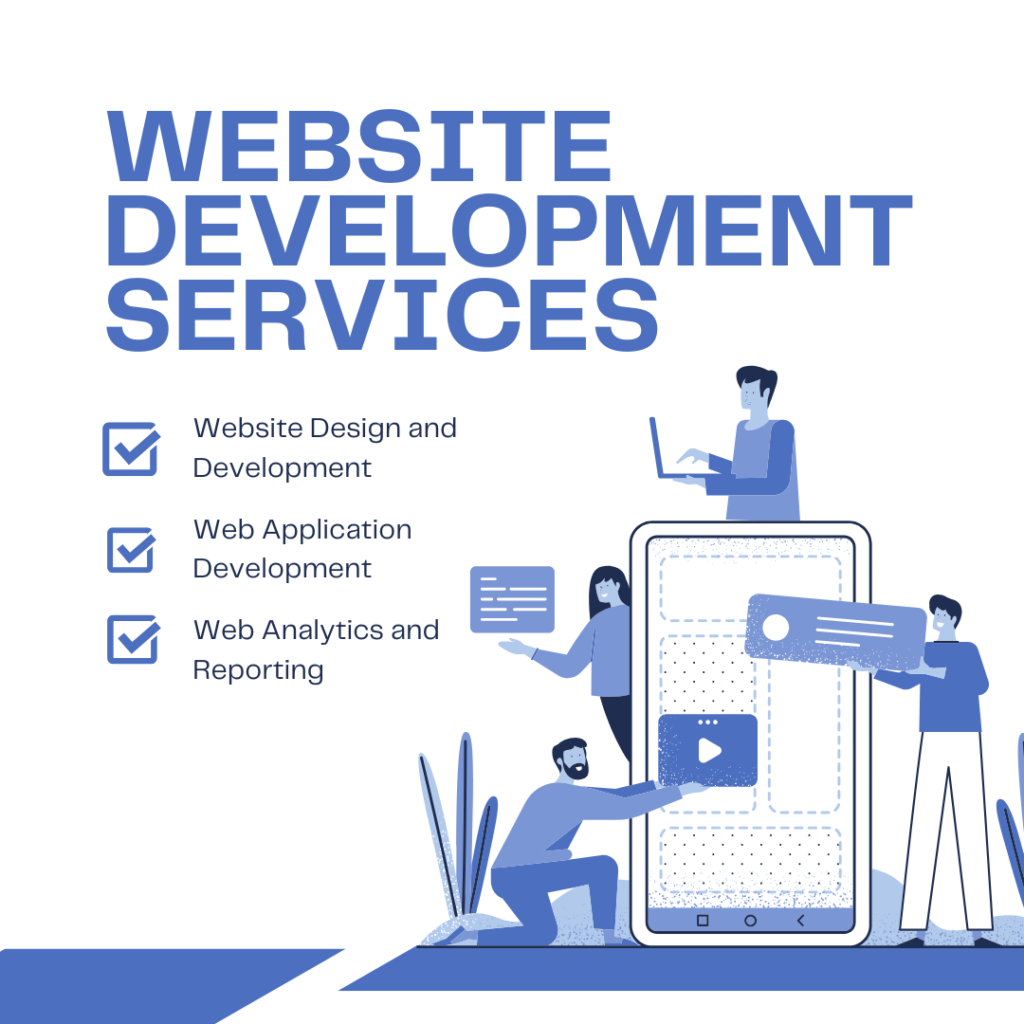
Introduction: The Future of No-Code Web Design
If you’re wondering how to build a free website in 2025 without coding skills, you’re not alone. With the explosion of no-code platforms, creating a fully functional, attractive website has never been easier—or more affordable. Whether a freelancer, student, entrepreneur, or small business owner, you can start a new website without writing a single line of code.
In this guide, we’ll walk you through the exact steps to create your website using the best no-code tools available in 2025. Get ready to go live in hours, not weeks.
Why Build a Website Without Coding in 2025?
Today’s website builders have evolved drastically. In 2025, you no longer need to hire expensive developers or learn HTML, CSS, or JavaScript. Thanks to AI-powered tools and intuitive drag-and-drop interfaces, website creation is now:
- Free or extremely low-cost
- Fast – websites can be launched in a day
- Beginner-friendly
- Visually customizable with zero design experience needed
Whether it’s a portfolio, business site, blog, or e-commerce store, there’s a no-code platform built just for you.
Top Free Website Builders for 2025
Before we dive into the step-by-step tutorial, here are some of the best free website builders you can use this year:
1. Wix
- Drag-and-drop editor
- AI website assistant (Wix ADI)
- 500+ templates
- Free domain: yoursite.wixsite.com
2. WordPress.com
- Perfect for blogs and content sites
- Thousands of themes
- Excellent SEO tools
- Free domain: yoursite.wordpress.com
3. Carrd
- Ideal for one-page websites
- Extremely user-friendly
- Mobile-optimized designs
- Free forever plan
4. Webflow
- Advanced design freedom
- Great for portfolios and startups
- CMS integration even on free plans
5. Google Sites
- Simple, fast, and integrated with Google Workspace
- Great for internal projects or educational websites

Step-by-Step: How to Build a Free Website Without Coding
Follow these simple steps to create your first no-code website in 2025:
Step 1: Define Your Website’s Purpose
Before you choose a builder, ask yourself:
- What is the goal of your website?
- Who is your audience?
- Do you need e-commerce, a blog, or just a landing page?
This will help you pick the right platform and features.
Step 2: Choose the Right No-Code Platform
Here’s a quick cheat sheet:
- Blog or content site → WordPress.com
- Online store → Wix or Ecwid
- One-page portfolio → Carrd
- Business website → Wix or Webflow
- Educational or internal site → Google Sites
Step 3: Sign Up for a Free Account
Go to the website builder of your choice and create an account. Most platforms just require your name, email, and a password.
Bonus Tip: Some platforms offer AI-assisted site generation—just answer a few questions and your site structure is ready instantly.
Step 4: Pick a Template
Choose a professional-looking template that matches your niche. Most builders let you preview and customize themes.
SEO Tip: Choose a mobile-friendly and fast-loading template—Google ranks those higher in search results.
Step 5: Customize Your Website
Using the drag-and-drop editor:
- Change text and images
- Add your logo
- Create menu/navigation
- Add sections like About, Services, Contact, Testimonials
Important: Don’t forget to include keywords like “affordable services,” “best blog,” or “contact me” for SEO.

Step 6: Add Essential Features
After building a website, include these pages as a must.
- Contact form
- Social media links
- Call-to-action (CTA) buttons like “Get Started” or “Subscribe”
- Blog section (optional but good for SEO)
Step 7: Optimize for SEO
To rank on Google:
- Use keywords in titles and headings
- Add alt text to images
- Set up a custom meta description
- Use descriptive URLs
- Submit your site to Google Search Console
Most websites have built-in seo settings, but you can use Rankmath seo to easily optimise your website and your blog posts.
Step 8: Publish Your Website
Once you’re happy with the layout, click “Publish”. Your site will go live with a free subdomain like:
- yourname.wixsite.com/site
- yourbrand.wordpress.com
Later, you can upgrade to a custom domain for better branding.
Step 9: Promote Your Website
Building a website is just a beginning, you can also share your website ont these places:
- Social media platforms
- Email newsletters
- Business directories
- LinkedIn, Reddit, or niche forums
Optional: Start a blog or post regular updates to keep content fresh—this helps with Google rankings.
Bonus: Can You Monetize a Free Website?
Yes! Even with a free plan, you can:
- Add affiliate links
- Promote services or products
- Collect leads or subscribers
- Use tools like Ko-fi or Buy Me a Coffee for donations
For full AdSense integration, you’ll need to upgrade to a custom domain—but it’s a worthwhile investment if you’re building long-term.
Final Thoughts
Building a free website in 2025 without any coding skills is not only possible—it’s simple and smart. Whether you’re showcasing your skills, launching a side hustle, or creating a personal brand, you now have the power to build and grow online with zero technical experience.
So, what are you waiting for? Choose a no-code builder, follow the steps, and launch your first website today!.
Find more such posts at Informationatoz.com


